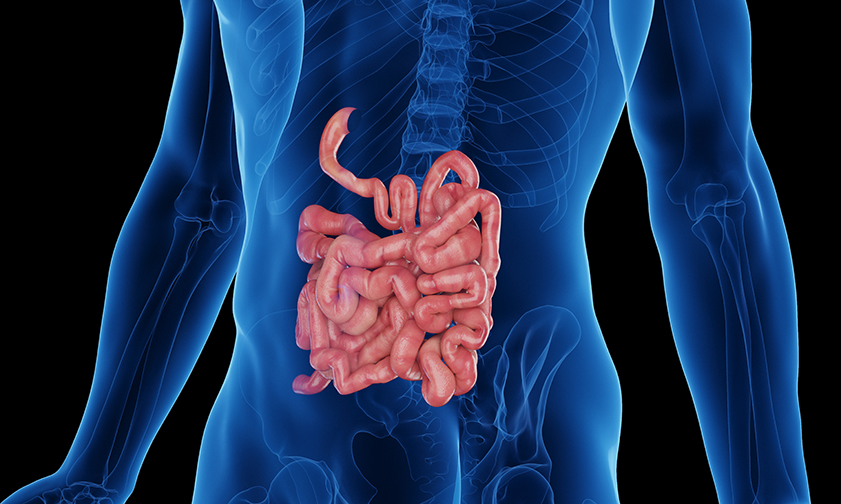Small bowel resection is the most common surgical treatment for small intestinal cancer. For some early-stage cancers (cancer confined to the small bowel), this surgery alone may cure the disease. During small bowel resection, your surgeon removes the part of the small intestine that contains cancer cells. They then connect the two healthy ends of intestine tissue together to enable normal digestion. They will also remove nearby lymph nodes to check for cancer spread.
In some cases, when the intestinal tissue cannot be reconnected, patients may require an ostomy. This surgical procedure changes the way stool exits the body. Bodily waste is rerouted from its usual path to a stoma that has a pouch over it to collect the stool. The surgeon creates the stoma on the abdomen for this purpose.
 Your surgeon may recommend one of these treatment options:
Your surgeon may recommend one of these treatment options:
Traditional or “Open” Surgery
Traditional surgery is often called open surgery. It usually involves
a single incision (cut) that is large enough so that your surgeon can
operate using their hands.
Why your surgeon would recommend open surgery:
- The tissue that needs to be removed will not come out without a larger incision.
- If you have had many other abdominal surgeries and scar tissue is expected.
- If the cancer has spread (metastasized) beyond the small intestine to other
organs, open surgery may be the most efficient way to remove tumors from the small intestine and other organs at the same time.
Minimally Invasive Surgery
Your surgeon may be able to use minimally invasive approaches. These include:
Laparoscopy
During a laparoscopy your surgeon uses a thin, lighted tube with a video camera at its tip. This tool is called a laparoscope. Multiple small holes are made in the abdominal wall to insert camera and instruments into the abdomen. Once the goals of the operation are accomplished, a small incision is made to remove the tissue of concern.Robotic-assisted surgery
In robotic-assisted surgery, a camera and instruments are inserted through keyhole-size cuts in the abdominal wall, just like laparoscopy. Then robotic arms are attached to the instruments and your surgeon sits at a computer and uses controls to move the robotic arms. A high-definition visual system helps your surgeon see more clearly by magnifying the operation.
Why your surgeon would recommend one of these minimally invasive procedures:
- Surgeons can use smaller incisions than in open surgery.
- These techniques can help minimize damage to nearby organs and tissues.
- A lower risk of infection and less blood loss.
- Patients often recover faster.
Return to Overview Surgery webpage.

